Welcome to our comprehensive hub on Roman mythology and religion, your portal to exploring the spiritual legacy of ancient Rome.
This article serves as a foundational piece, guiding you through the evolution of Roman religious practices from the city’s mythic founding to the transformative era of Christianization.
With links to in-depth articles on various deities, myths, and religious customs, this piece is designed to offer a panoramic view of Rome’s religious metamorphosis.
Dive into the tales of divine intrigue, heroic exploits, and the everyday faith of the Roman people as we uncover the layers of belief that built an empire.
Table of Contents
Roman Mythology
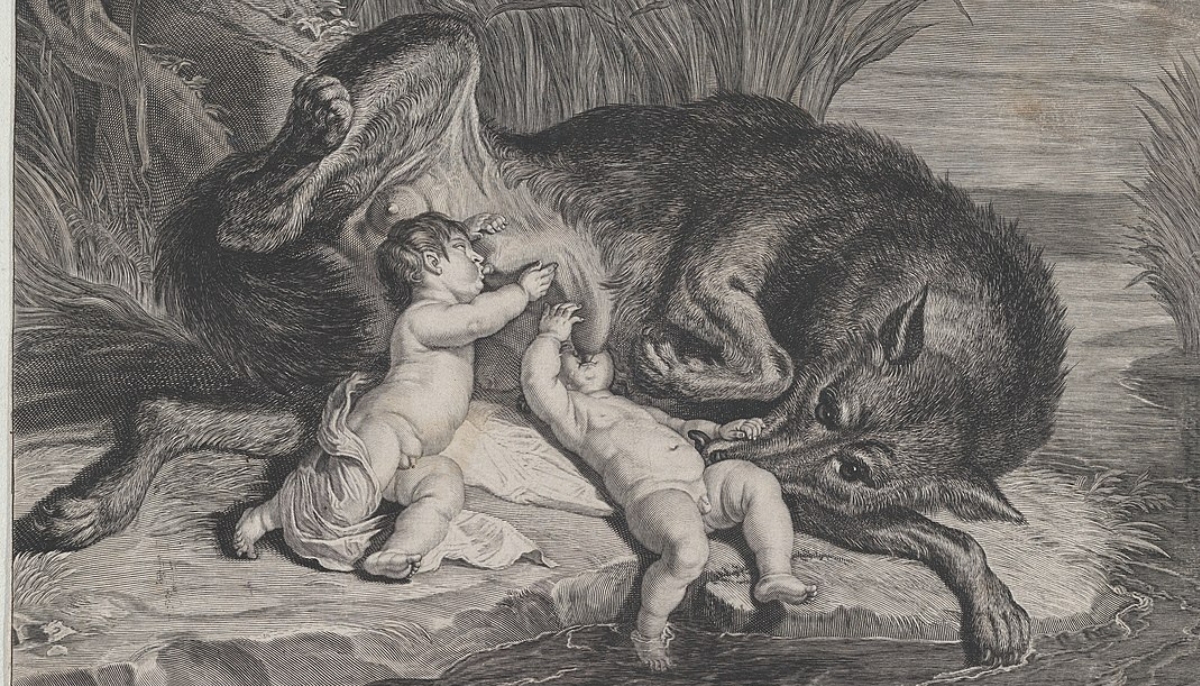
Roman mythology encompasses a rich tapestry of stories that are deeply interwoven with the political, moral, and social fabric of Rome; unlike the purely entertainment-focused myths of other ancient cultures, Roman mythology often underscores the development of Roman government and society in alignment with divine laws dictated by Roman religion.
These myths also highlight the importance of adhering to the mos maiorum, the traditional social norms, by showcasing examples of moral excellence or the consequences of moral failings.
The Founding Myth of Rome
The most significant sources for Rome’s foundational myths are Virgil’s Aeneid and the early history recounted by Livy. These texts blend the native Roman mythological framework with elements borrowed from Greek heroic legends.
Central to these founding myths is the figure of Aeneas, a Trojan prince. Through his marriage to Lavinia, daughter of King Latinus, Aeneas is intricately linked to the Latini people and, by extension, becomes a forebear to Romulus and Remus, the legendary founders of Rome.
This creative melding of myths effectively adopts the Trojans as mythical ancestors of the Roman populace, providing a noble lineage that underpins Roman identity and values.
Other Famous Roman Myths
Several other myths play crucial roles in elucidating the values, cultural practices, and societal norms of ancient Rome:
- The Rape of the Sabine Women highlights the critical role of the Sabines in the formation of Roman culture. This myth explains how Rome’s growth was fueled by both conflict and alliances, emphasizing the importance of integration and cooperation among different communities.
- Numa Pompilius, the Sabine second king of Rome, is famed for his dialogues with the nymph Egeria. His reign is marked by the establishment of critical legal and religious institutions, reflecting the deep intertwining of faith and governance in Rome.
- Servius Tullius, the sixth king, is celebrated for his mysterious origins and relationship with the goddess Fortuna. His story underscores the belief in divine favor and intervention in the rise of Rome’s leaders.
- The Tarpeian Rock serves as a sad reminder of the fate awaiting traitors, illustrating the stringent moral and legal codes that governed Roman society.
- Lucretia’s tragic self-sacrifice led to the overthrow of the monarchy and the establishment of the Republic, symbolizing the power of virtue and the collective action of the populace in shaping Rome’s political landscape.
- The arrival of the Great Mother (Cybele) in Rome signifies the openness of Roman religion to incorporate and honor deities from different cultures, reflecting Rome’s expansive and inclusive nature.
While rooted in ancient times, each of these myths continues to offer valuable insights into the complexities of Roman culture, the intertwining of religion and politics, and the enduring legacy of Rome’s foundational values and beliefs.
Roman Gods And Goddesses
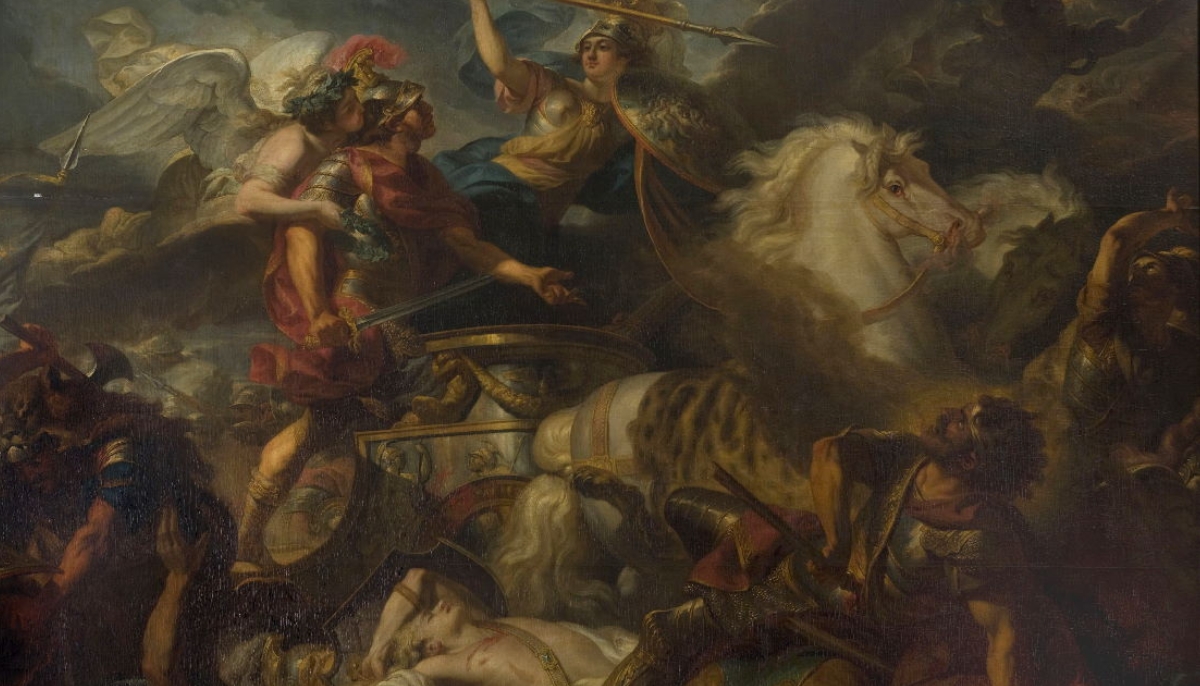
The pantheon of Roman deities is a complex tapestry that reflects the Romans’ adeptness at incorporating aspects of the cultures they encountered, most notably the Greeks, into their religious practices.
This process, known as interpretatio graeca, saw Roman gods identified with their Greek counterparts, leading to a fusion of myths, iconography, and religious observances.
This syncretism facilitated the integration of Greek deities into Roman culture, enriching Latin literature, Roman art, and the religious life within the Empire.
Twelve Greek Gods of the Pantheon and Their Roman Names
- Zeus (Jupiter): The king of the gods, associated with the sky, thunder, and justice.
- Hera (Juno): The queen of the gods, protector of marriage and women.
- Poseidon (Neptune): God of the sea, earthquakes, and horses.
- Demeter (Ceres): Goddess of agriculture, fertility, and the harvest.
- Athena (Minerva): Goddess of wisdom, warfare, and crafts.
- Apollo (Apollo): God of the sun, music, healing, and prophecy.
- Artemis (Diana): Goddess of the hunt, wilderness, and childbirth.
- Ares (Mars): God of war, representing the brutal and violent aspects of battle.
- Aphrodite (Venus): Goddess of love, beauty, and desire.
- Hephaestus (Vulcan): God of fire, metalworking, and craftsmanship.
- Hermes (Mercury): God of trade, thieves, travelers, and guide to the Underworld.
- Hestia (Vesta): Goddess of the hearth, home, and family.
If you want to know more about the principal deities of the Greco-Roman pantheon, check out:
- Complete List of the Roman Equivalents to Greek Gods
- Pluto – Roman God of the Underworld
- Twelve Olympian Gods of the Greek Pantheon
Despite the prominence of these syncretized deities, many uniquely Roman gods and goddesses remained integral to the religious fabric of Rome, albeit less known today. We have articles about many of these lesser-known gods and goddesses:
- Abundantia – Goddess of Abundance
- Laverna – Goddess of Thieves and Liars
- Sol Invictus – the Dies Natalis Solis Invicti Festival
- Trivia – Goddess of Crossroads
These deities, often dating back to the era of kings and the archaic religion attributed to Numa Pompilius, are sometimes only known through inscriptions and fragmentary texts. Their functions and attributes, while not as widely celebrated in classical literature and art, played a crucial role in the daily religious life of the Roman people.
As the Roman Empire expanded, the gods of conquered peoples were frequently assimilated into the Roman pantheon, given new interpretations, or identified with Roman deities sharing similar functions or attributes. This practice facilitated the cultural integration and administrative cohesion of the Empire’s diverse provinces.
The Absorption Of Foreign Gods Into The Roman Pantheon
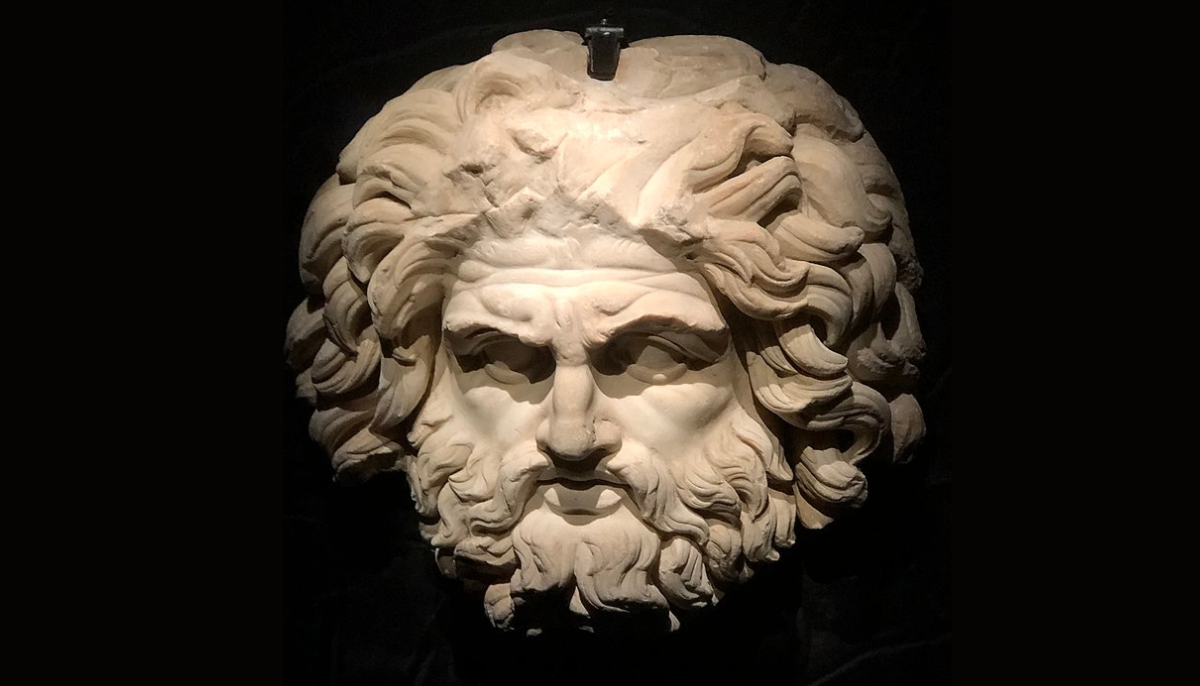
The Roman religious landscape evolved significantly as Rome expanded, absorbing deities from Etruscan, Greek, and Eastern cultures into its pantheon.
This process underscores the difference between paganism and monotheism. Paganism, characterized by the belief in multiple gods and goddesses, allowed for a flexible and inclusive pantheon where gods could be adopted, adapted, or removed based on societal changes, military conquests, and cultural exchanges.
In contrast, monotheism centers on worshiping a single deity, offering less flexibility in incorporating new beliefs or deities.
Variance and Flexibility in the Roman Pantheon
The Roman approach to religion was notably pragmatic, allowing for the incorporation of gods from conquered peoples or influential neighbors. This adaptability meant different regions within the Empire might have varying stories about the same gods, reflecting local traditions and interpretations.
Military victories were often seen as evidence of a god’s power, leading to their veneration, while defeat could result in gods being abandoned or their worship modified.
Etruscan influence on Roman religion
The Etruscans profoundly influenced Roman culture and religion, contributing not just to deities but also practices like wearing togas, gladiatorial games, and the tradition of the Roman triumph.
The Etruscan gods Uni and Menvra evolved into the Roman Juno and Minerva, respectively. The concept of depicting gods as physical statues, a practice introduced by the Etruscans, allowed the Romans to engage with their deities through specific stories and adventures, deepening the religious experience.
The Romans also inherited the Etruscan practice of consulting the gods before making significant decisions, reflecting the profound Etruscan concern with divining the will of the deities. Even after the Etruscans were conquered, the Romans maintained an Etruscan priesthood, especially for consultations during conflicts with “barbarian” enemies.
Greco-roman religion
Greek culture and religion substantially impacted Rome, a phenomenon encapsulated by Horace’s observation that “Conquered Greece took captive her savage conqueror and brought her arts into rustic Latium.”
Adopting Greek gods and myths into the Roman pantheon is a well-documented example of cultural assimilation, though the extent of Greek influence is sometimes debated. Renaissance writers, who often viewed Greek culture as superior, may have overemphasized this influence, but its significance in shaping Roman religion and mythology is undeniable.
Eastern influence on roman mythology
As the Roman Empire expanded eastward and the imperial cult grew, Eastern religions began to influence Roman beliefs. From Augustus onwards, emperors increasingly imported Eastern-focused religious practices, particularly the veneration of emperors and empresses as divine figures after their deaths.
These figures were termed divi, distinguished from the dei or Olympian gods, and were subjects of veneration and gratitude rather than traditional worship.
The influence of Eastern cults, such as those dedicated to Mithras and Sol Invictus, further enriched the Roman religious tapestry, introducing new deities and rituals emphasizing the emperor’s divine status and the sun god’s paramount importance.
Roman Symbolism, Superstitions, And Rituals
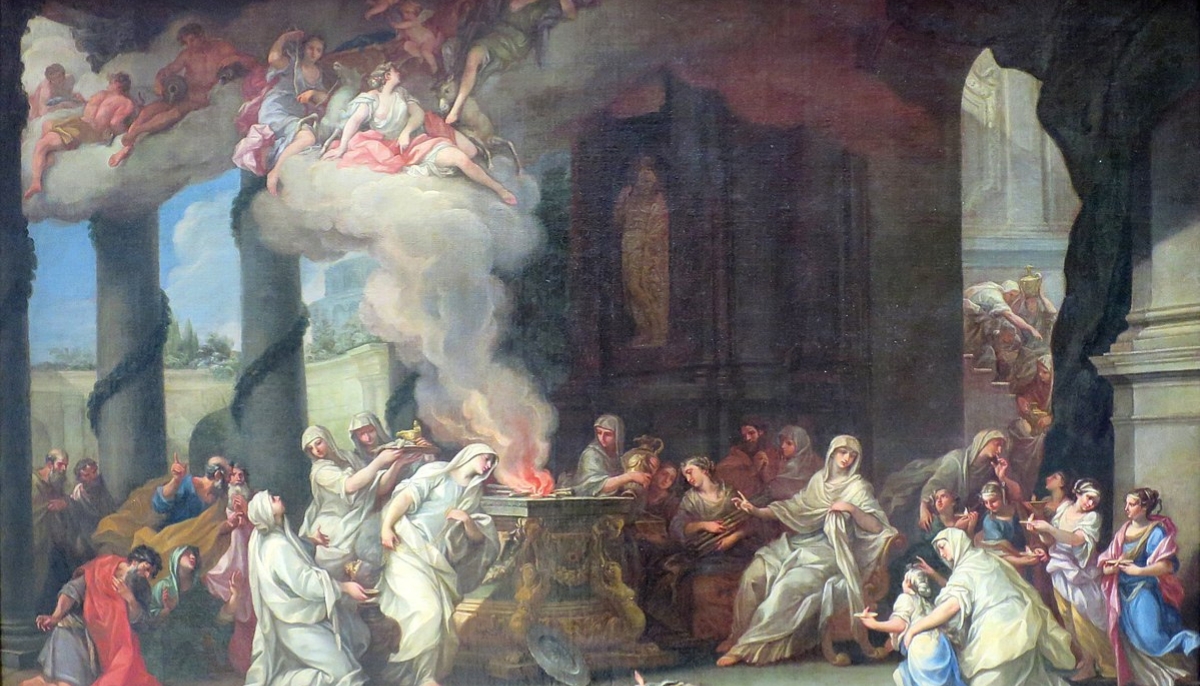
Despite the common perception of Romans as ordered and rational, their daily lives were deeply intertwined with a rich tapestry of symbolism, superstitions, and rituals.
These practices were integral to the Roman worldview, underscoring the importance of pleasing the gods and interpreting signs from the divine.
Symbolism in Roman Life
Symbols played a crucial role in Roman society, embodying the values, beliefs, and power structures that defined the Empire.
The legionary eagle, or Aquila, is a prime example, symbolizing the might and unity of the Roman legions. This powerful emblem was more than a military standard; it was a sacred object believed to hold the legion’s honor, morale, and spirit.
Losing the Aquila was considered a grave misfortune, while its recovery was celebrated as a significant victory.
Superstitions and Omens
Romans placed great emphasis on omens and superstitions, interpreting natural phenomena as messages from the gods. Seeing an owl, for example, was considered an omen of bad luck, often associated with impending death or misfortune. Conversely, encountering a bee was seen as a sign of good luck, as they were seen as messengers of the Gods.
This belief system extended to everyday actions and events, with Romans constantly seeking signs of favor or displeasure from the divine. Such interpretations influenced decisions ranging from personal matters to state policies, reflecting the pervasive belief in the gods’ active involvement in human affairs.
Rituals and Public Holidays
Rituals and public holidays were fundamental to Roman religious life, serving to honor the gods, ensure their favor, and strengthen community bonds.
One of the most famous Roman festivals was Saturnalia, a week-long celebration honoring Saturn, the God of agriculture and time. Marked by feasting, role reversals, gift-giving, and a general suspension of social norms, Saturnalia encapsulated the spirit of freedom and goodwill, offering a glimpse into the Romans’ capacity for joy and revelry.
The Importance of Rituals
The Romans believed that maintaining the gods’ favor was essential for the well-being of the individual and the state. This belief was embodied in the practice of making offerings and performing rituals, seen as vital means of communication with the divine. Neglecting these duties could invite disaster, affecting everything from personal health to military success.
One enduring superstition, which originated in ancient Rome, is the custom of carrying a bride over the threshold. This practice was intended to protect the bride from evil spirits that might curse her new home, showcasing the Romans’ concern with safeguarding their domestic spaces from supernatural harm.
Are you interested in learning more about Roman symbolism, superstitions, and rituals?
- Ancient Roman Symbols
- Julius Caesar’s Horse
- The Sacred Chickens of Rome
- The Symbolism of the Laurel Wreath
- The Vestal Virgins of Rome
Growth Of Christianity And The Decline Of Roman Paganism
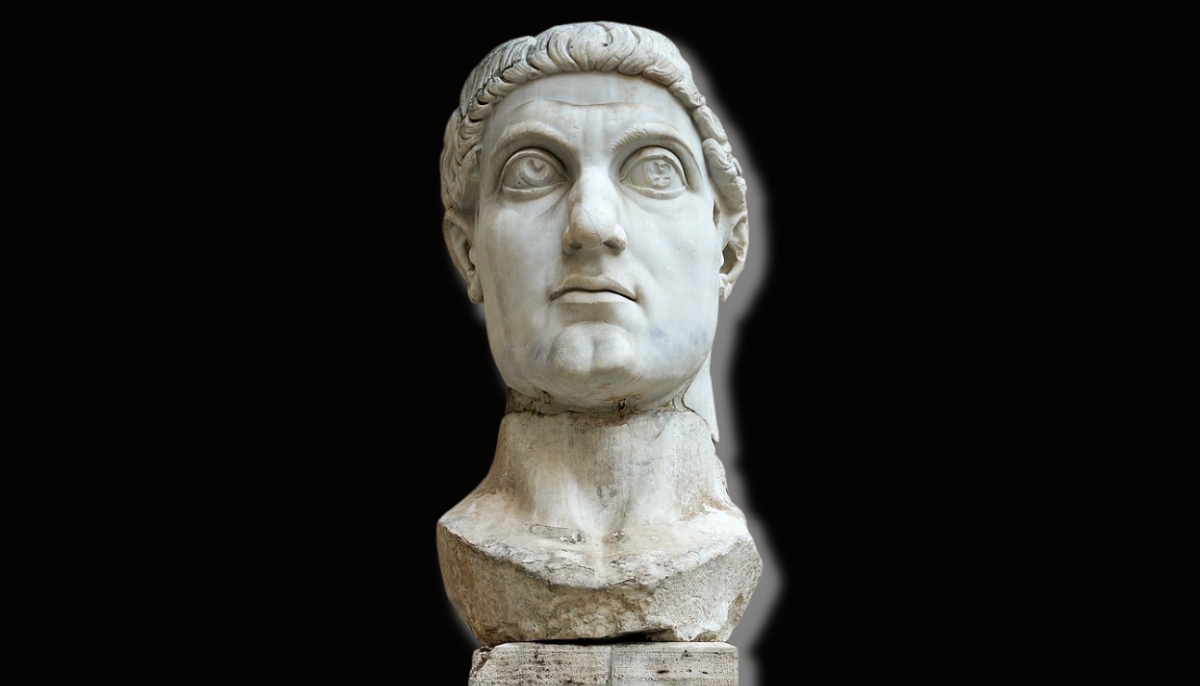
The transition from Roman paganism to Christianity was not an abrupt overhaul but a gradual, multifaceted process.
This transformation was significantly influenced by key historical figures, legislative changes, and evolving religious sentiments across the Roman Empire.
Key Figures and Events
- Constantine the Great: The first Roman emperor to convert to Christianity, Constantine played a pivotal role in Christianity’s rise. His Edict of Milan in 313 AD granted Christians the freedom to practice their religion, marking a significant shift from previous policies of persecution.
- Theodosius I: Under Theodosius, Christianity became the Empire’s official religion in 380 AD. His policies, including the destruction of pagan sites like the Altar of Victory, further marginalized pagan practices and established Christianity as the dominant faith.
- Julian the Apostate: The last pagan emperor, Julian attempted to revive Roman paganism and curb the spread of Christianity during his short reign. Despite his efforts, Julian’s death marked the end of significant imperial support for paganism.
Perspectives on the Decline of Paganism
The decline of Roman paganism is subject to two competing views.
The first, influenced heavily by Christian writers and historians like Edward Gibbon, suggests a rapid collapse of paganism post-Constantine. Gibbon’s narrative, emphasizing the zeal of Christian converts and the perceived moral decay of pagan practices, has been hugely influential.
The more modern perspective argues for a slow decline of paganism, noting that the transition to Christianity was gradual and complex. This view acknowledges the enduring presence of pagan practices well into late antiquity and beyond.
Legislative Influences
The Byzantine emperor Justinian I, also known as Justinian the Great, was instrumental in integrating Christian ideals with Roman law. His legislative efforts, including revising the Theodosian Codes, introduced Christian elements into legal frameworks and sought to suppress pagan practices through law.
Justinian’s laws targeted “deviants of all kinds,” particularly those adhering to non-Christian religions. By equating God’s word with Roman law, Justinian established a legal system that not only favored Christianity but actively persecuted paganism, marginalizing it within the Empire.
The decline of Roman paganism in favor of Christianity was a complex process shaped by imperial endorsement, legislative changes, and shifts in religious and cultural norms.
By placing Christianity at the heart of Roman law and society, these leaders paved the way for the Christianization of the Roman world, relegating paganism to the margins of history.





